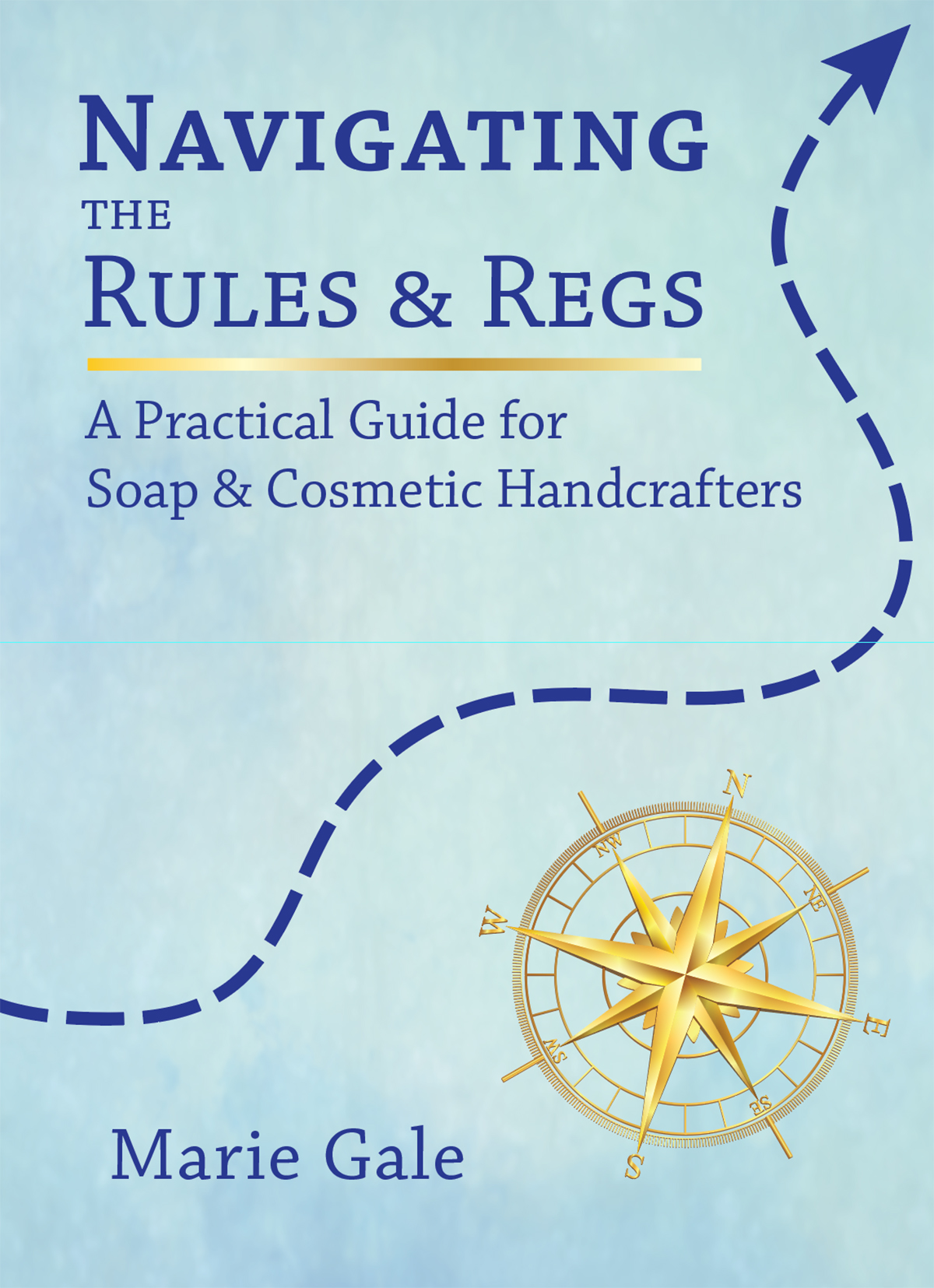In February this year, the International Standards Organization issued ISO 16128-1, Guidelines of technical definitions and criteria for natural and organic cosmetic ingredients and products (available to purchase here). The description of the guidelines says:
ISO 16128-1:2016 provides guidelines on definitions for natural and organic cosmetic ingredients.
In addition to natural and organic ingredients, other ingredient categories which may be necessary for natural and organic product development are defined with associated restrictions.
ISO 16128 does not address product communication (e.g., claims and labelling), human safety, environmental safety and socio-economic considerations (e.g., fair trade), and the characteristics of packaging materials or regulatory requirements applicable for cosmetics.
Natural Ingredients
Natural ingredients are defined as ones that come from plants, animals, micro-organisms or minerals by various processes (which are defined in Annex A of the documents).
Minerals may be natural when they are inorganic substances naturally occurring in the earth.
Water is considered natural.
Organic ingredients are natural ingredients that are farmed or wild harvested in compliance with local organic regulations (or the ISO standard).
Aromatic natural raw materials are not covered in ISO 16128, but are defined in ISO 9235 (available to purchase here).
Derived Natural Ingredients
When natural and/or organic ingredients are modified, and at least 50% of the resulting product is of natual origin, it’s a derived natural product. The acceptable processes are included in the document as Annex B.
Derived Mineral Ingredients
When minerals are chemically processed but have the same chemical composition as natural mineral ingredients, they are considered derived mineral ingredients. A list of derived mineral ingredients is in the document as Annex D.
Non-Natural Ingredients
Any ingredient obtained from fossil fuels (petroleum products) is not considered natural.
A derived natural or mineral ingredient that contains more than 50% (by molecular weight) of fossil fuel origin is not considered natural.
Legality of the ISO Standard
This ISO standard is a guideline. It does not have legal weight in the US, and is not accepted or adopted by the FDA. It does, however, give a good starting point for determining if your products are actually “natural” or not, and would be an excellent marketing or public relations tool. For example, “My products only use ingredients that are natural according to the ISO standard for natural cosmetic ingredients.”
The actual guidelines are copyrighted and are only available to purchase ($88, here). If you are interested in making natural products, I highly recommend that you get the guideline and become familiar with it.



Leave a Reply